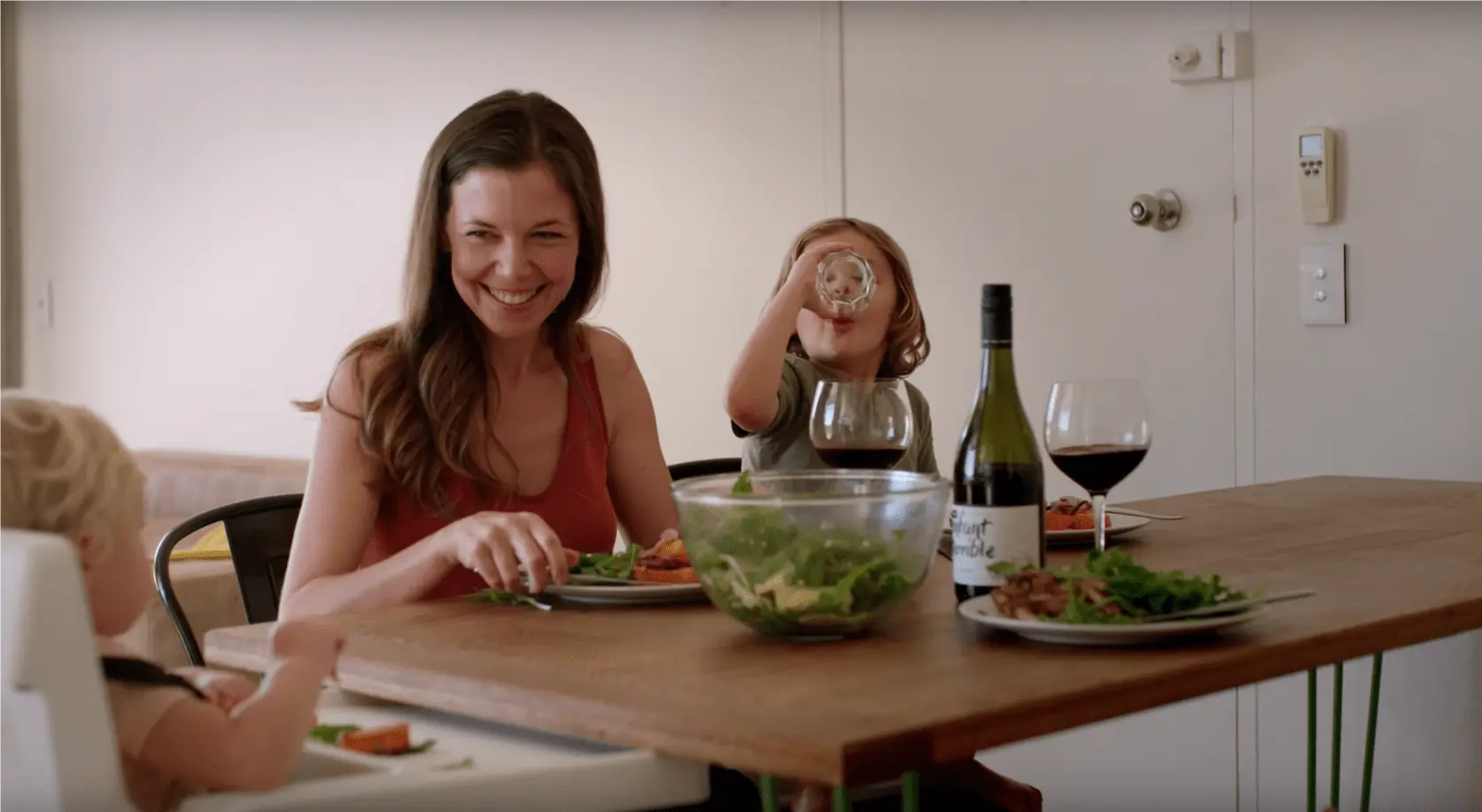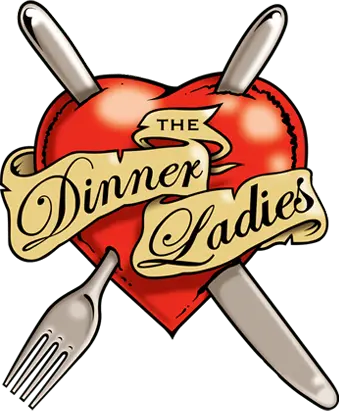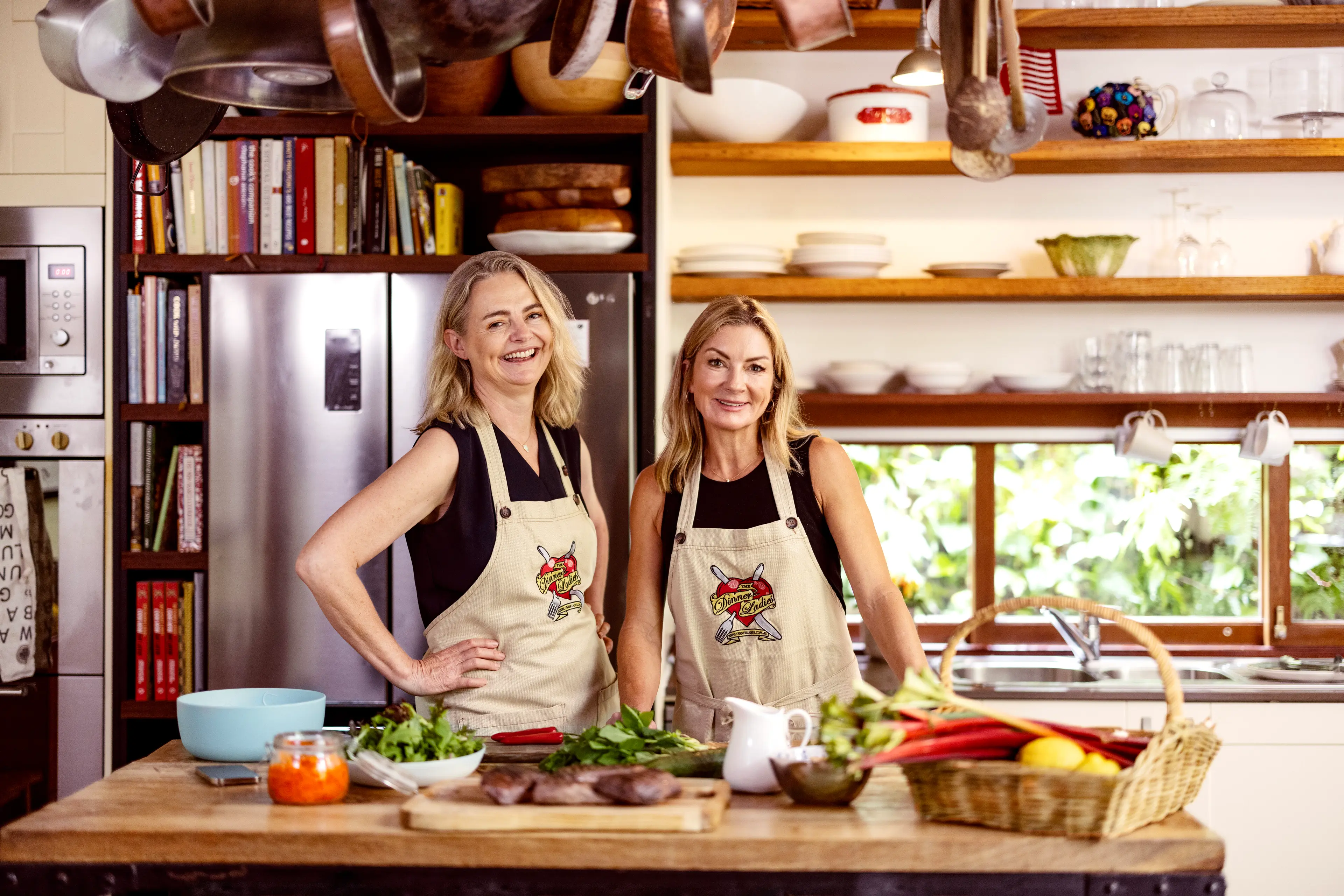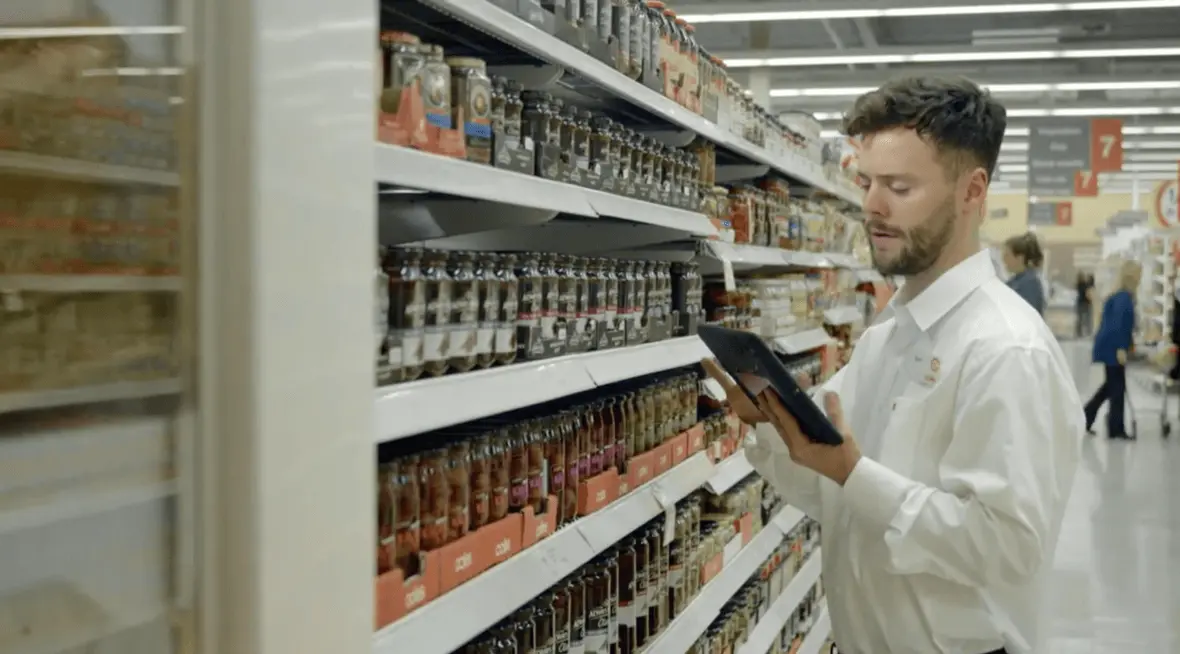

Marley Spoon
How Marley Spoon raises the bar on food quality and customer satisfaction by using insights from SafetyCulture at every step of the meal delivery supply chain.

Cooking up a storm at scale is a serious logistical challenge. Here’s how The Dinner Ladies remain true to their roots while building a culinary empire.
+12,000 delicious dinners a day


The Dinner Ladies is no ordinary meal-delivery service. What started as a brainwave by two powerhouse moms from Sydney is now a multimillion-dollar enterprise that supplies over 12,000 delicious dinners a day all over Australia.
Cooking up a storm at scale is a logistical challenge. Since they first started out in 2007, co-owners Katherine Westwood and Sophie Gilliatt found themselves having to quickly introduce new systems to manage their growing operations.
One thing that hasn’t changed in more than 16 years is their commitment to tasty, market-fresh, and fuss-free food. We spoke with The Dinner Ladies about how they’ve managed to stay true to their roots while building a culinary empire with the SafetyCulture platform.

“The first cook we ever did was in our home kitchen. Then we moved to the shed… and ever since then, it’s been a constant logistical challenge to figure out how we can cook more while assuring quality control, temperature control and safety.”
As with any business in its early days, The Dinner Ladies started small. They’d cook everything the day before, pop it in the fridge, and shut the door.
As word of their meal-delivery service spread, demand began to outpace what they could achieve from home. From storage logistics to distribution and stock control — there was a lot to keep track of with a growing production line.
Cooking for the masses is an entirely different ball game to plating up a dinner for 10 friends. Temperature becomes key. To achieve a certain shelf life, food has to be cooked at a specific temperature for a set amount of time. And with more than 70 dishes on the menu spanning soups to sweet treats, The Dinner Ladies needed a simple solution to develop effective temperature controls.
The turning point came when they set up their first industrial kitchen with walk-in cool rooms. It was a big step and a significant financial investment.
“We spent every penny we had to get it up and running, and nothing on fallback systems,” Katherine says. “One Friday night, we finished cooking everything we needed to, shut the doors, went home and there was a refrigeration failure.”
“On Monday morning — it still makes me want to cry — we walked into a warm freezer. All of our stock was gone, we lost $20,000. It took us months to come back.”
Here’s the thing — The Dinner Ladies already had good frameworks in place, from ice bathing to recipe documentation. But processes were analogue and the paper trail left gaps.
“Before, we had a rigid paper form and we had to conform all our processes to it,” Katherine says. It was hardly an efficient way of managing things. After all, producing lasagne is very different to producing pumpkin soup. There are different steps and processes that need to be accounted for. With the SafetyCulture platform, the team was able to digitize their entire system.
“Now we can design our templates in the SafetyCulture platform to match the dish easily, so someone isn’t sifting through a logbook that covers every single process and production we do.”
Things didn’t stop there. Sensors played a pivotal role in automating their process. They used SafetyCulture’s temperature and humidity sensors and Bluetooth-enabled temperature probes, allowing them to oversee temperature controls with absolute precision and certainty. It’s reduced staff hours and increased peace of mind with real-time visibility — something that becomes increasingly important as a company grows in size. Most importantly, meals ended up in bowls, not bins.
Getting started with sensors was, quite simply, a piece of cake. The Dinner Ladies were able to condense seven months of work into two weeks with SafetyCulture. The hardware had no IT requirements — all they needed to do was unbox their temperature sensors and stick them in the fridge! A stark contrast to another device they had tried that required drilling and wiring.

“If you know how to use Facebook, you know how to use SafetyCulture. With entry-level training, staff were able to take the tool and run with it. We could do it all ourselves, instead of sending off a request and waiting for weeks for it to happen.”
With the help of SafetyCulture’s technology and customer service team, The Dinner Ladies were able to further automate their safety systems. But the visibility SafetyCulture brought to the table led to more than just improvements in safety.
“Take our roasted cauliflower curry, for example. Because we were able to accurately record the temperature with probes, we realized it was cooking at a temperature that was much higher than they thought, so it was becoming mushy,” Katherine shares.
With accurate controls and greater awareness of what’s going on in the kitchen, The Dinner Ladies were able to perfect their recipes and realize improvement in product quality as well. Equipped with the right tools, the team at The Dinner Ladies has the flexibility to adapt the SafetyCulture platform to their business needs, whatever they might be.
“I have to say with SafetyCulture, you guys have been the final icing on the cake to make those systems easy so they just flow with everything we do,” Katherine says. “It means we can up production and make the quality of our food better so we don’t have to spend so much time chasing paper.”
“SafetyCulture platform takes the slog and the paperwork out of everything and makes it easier so we can focus on the joyful parts of the job — which is making delicious food.”


How Marley Spoon raises the bar on food quality and customer satisfaction by using insights from SafetyCulture at every step of the meal delivery supply chain.


The Australian supermarket giant uses SafetyCulture (formerly iAuditor) to ensure they deliver quality products to their customers.
Explore more stories, expert guides, and thought leadership from SafetyCulture